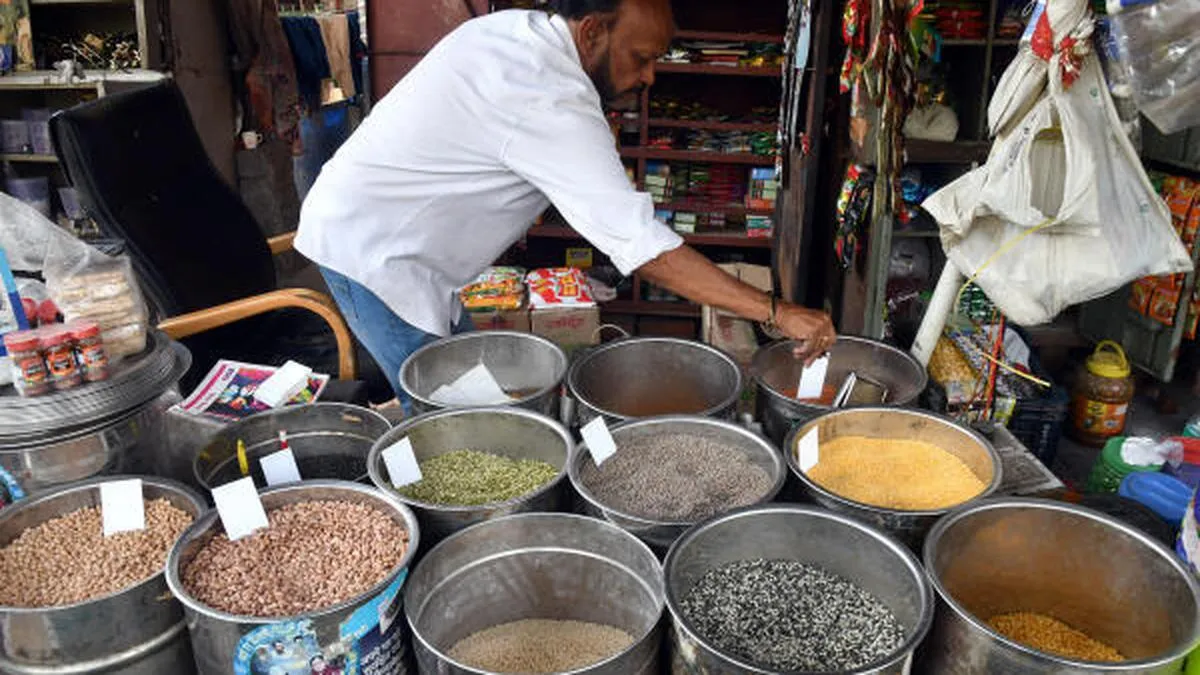The Economic Advisory Council to the Prime Minister (EAC-PM) recently published a paper highlighting a significant shift in household spending patterns in India. For the first time, average household spending on food has fallen to less than half of total consumption expenditure. This trend marks a critical shift in the spending habits of Indian households, reflecting both changing economic dynamics and lifestyle patterns.

Source:- news 18
The paper suggests that this decline in the proportion of spending on food is indicative of an overall increase in disposable income and a higher standard of living. As households move towards greater affluence, a smaller share of their budget is required to cover basic necessities like food. Instead, more resources are being allocated to other categories such as education, healthcare, entertainment, and transportation. This pattern is commonly seen in developing economies as they transition toward more mature economic stages.
Source:- BBC news
The EAC-PM paper also notes the role of policy reforms and economic growth in contributing to this change. Efforts to increase agricultural productivity, improve supply chain efficiencies, and moderate food price inflation have helped stabilize food prices, reducing the proportion of household income spent on food. Additionally, the expansion of public distribution systems and social welfare programs has played a crucial role in supporting low-income households, enabling them to allocate their finances towards other expenditures.
However, the report also cautions that while reduced spending on food reflects a positive economic trajectory, there are concerns about nutritional security. A significant portion of the population still faces issues related to malnutrition and inadequate dietary diversity. Policymakers are urged to balance economic growth with initiatives that ensure access to healthy, affordable food.
In conclusion, the reduction in household spending on food to less than half marks a key milestone in India’s economic development. While it reflects positive trends in income growth and living standards, it also underscores the need for continued focus on nutrition and equitable access to resources.
Share your views in the comments

